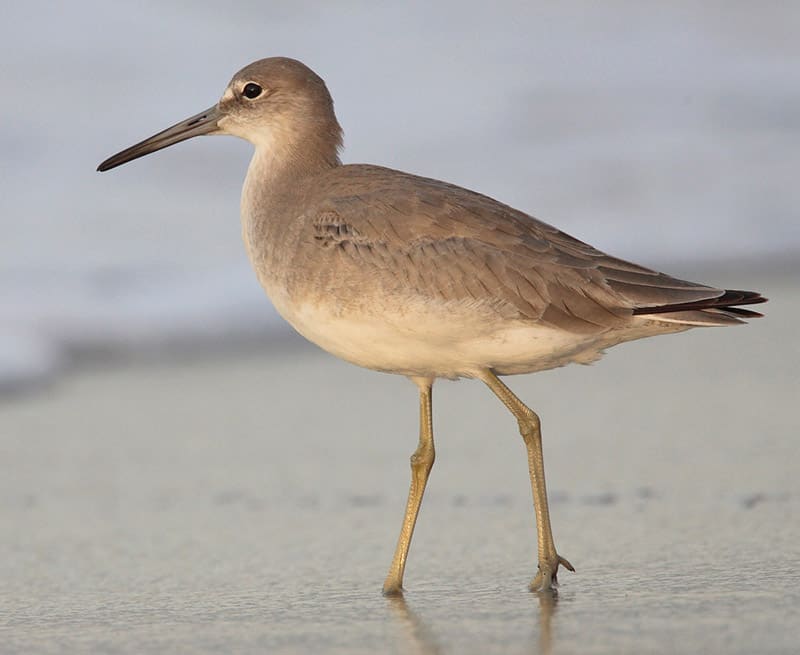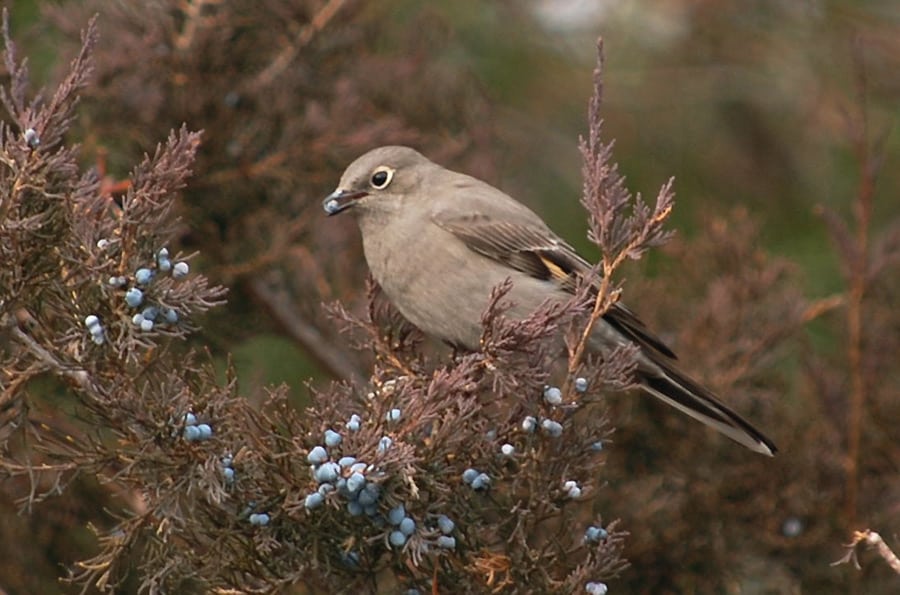Red-tailed hawks occur across the continent in quite a variety of plumage colorations. In the East, however, count on a few easy field marks to help identify adult birds: the reddish-orange tail, a dark-streaked belly band, and a white chest. This hat trick of field marks can easily be seen in many soaring redtails, as well as in perched birds.
Additionally, two chocolate-colored bars adorn the leading edge of the underwing. Overall, soaring red-tailed hawks are bulkier and more formidable in general appearance than slimmer red-shouldered hawks and broad-winged hawks, which have shorter tails. Red-tailed hawks younger than two years old lack the telltale reddish tail, but they still exhibit the belly band and white chest.
Listen for
A high-pitched scream that sounds like steam escaping from a pipe—fscheeeew!—is most often uttered by flying birds.
Find it
This bird is the large raptor people most often see doing “lazy circles in the sky.” The red-tailed hawk inhabits open terrain across the continent and south to Central America. It thrives in habitats opened up by human activities, such as farming or forest clearing.
Look for red-tailed hawks along highway edges, over farm fields and forest clearings, and in almost any other open habitat with at least some telephone poles or trees on which they can perch and scan for prey. From tundra to tropical forests, the red-tailed hawk is a formidable predator.
They breed as far south as Panama and on various Caribbean islands, thus the species name jamaicensis. For nesting, they usually avoid areas with a lot of human activity, even though they nest in New York City’s Central Park and pass through suburbs during migration.
Feed it
Many farmers appreciate seeing red-tailed hawks flap over their acreage, as they eat many voles, mice, rats, rabbits, squirrels, and other small mammals. Other prey can include a variety of birds and reptiles. Red-tailed hawks may glide down from a perch to grab prey, dive down, or hover and then drop on prey.
Nesting Behavior
Nests are usually found in tall trees, although these birds will nest on cliffs and sometimes even buildings. Both mates build the large stick nest, which they line with softer materials.
The female usually lays two or three eggs, which both parents incubate for about a month. The male hunts for food, passing it to his mate, who feeds their young. Nestlings fly after about
10 weeks.
WOW!
The Red-tailed Hawk’s wild-sounding call is often used in place of the Bald Eagle’s call on TV and in movies.
Listen to a Red-tailed Hawk:




